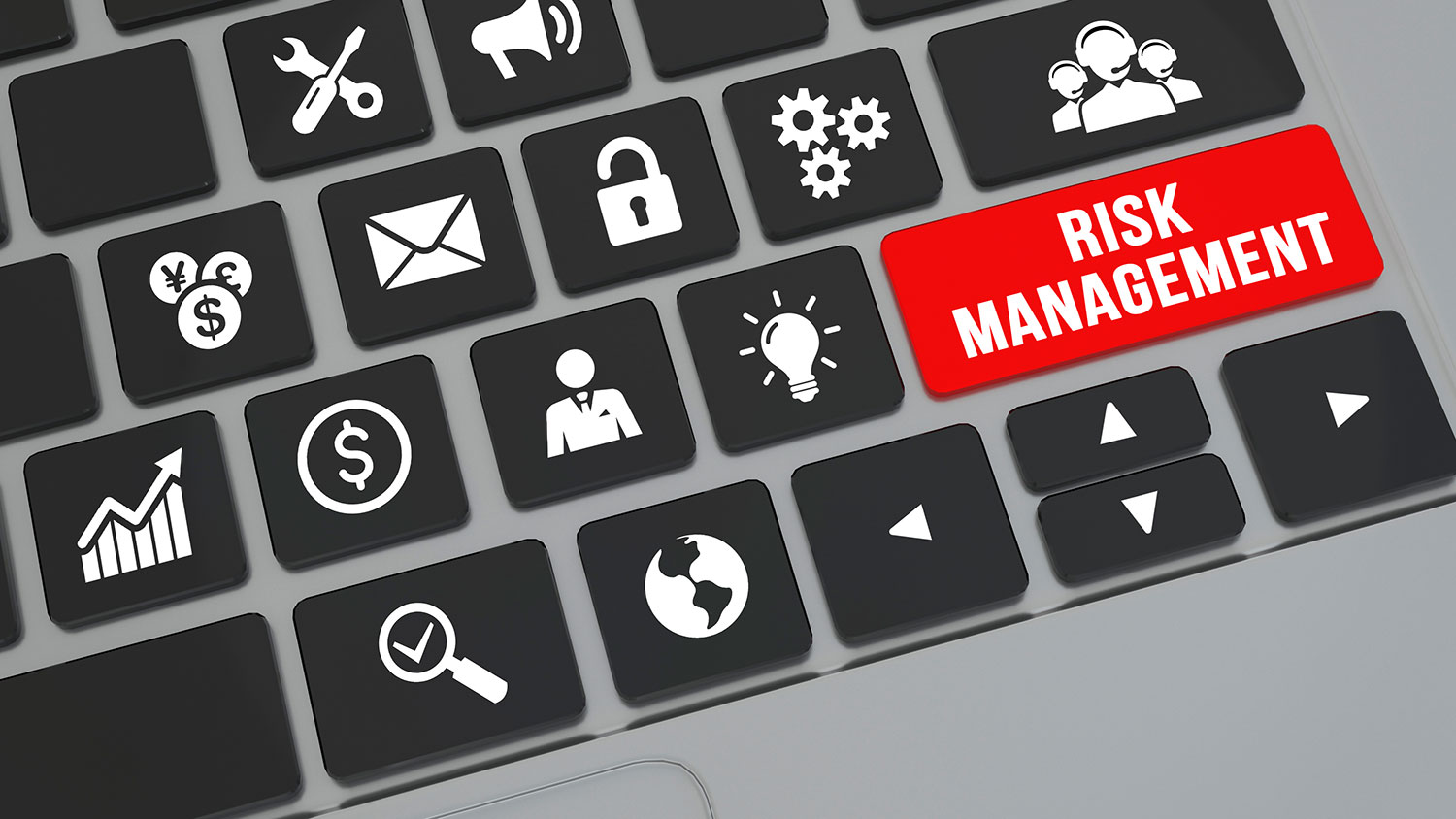Transparent Supply Chains in Uncertain Times

Transparency and visibility mean different things to different people. Researching the terms proves frustrating, because scholars and researchers recognize the overlap and ambiguity of their interpretation.
This includes when considering what these terms mean in the context of supply chains.
So what’s the difference?

While the definition can be interpreted in various ways, Tim Kraft, assistant professor of operations and supply chain management at the Poole College of Management, explains visibility as knowing what is occurring within the supply chain. “Do I know what is going on with the manufacturer, distributor, or supplier? Do I have visibility to what is going on with their actions?” he asks.
While the differences between the two terms are subtle, Kraft ultimately says transparency, unlike visibility, involves more of “being open and disclosing.”
He adds that transparency is somewhat of a byproduct of visibility, saying that “visibility and disclosure make a transparent supply chain.”

Dr. Eda Kemahlioglu-Ziya, associate professor of operations and supply chain management at Poole College, offers an additional perspective, suggesting that a distinction of transparency involves having a long-term strategic approach. “There’s a lot of uncertainty in the supply chain,” she says. “The more you consider what might happen and the more you plan for it, the less time you’ll spend trying to improvise at the last minute, like the early days of the pandemic.”
An all-too relevant affair
When do visibility and transparency come into play? Take for instance the past year, as the public eye has become involuntarily familiar with the importance and necessity of supply chains.
In the last twelve months, unexpected consumer demands have exposed the fragility and complexity of supply chains and communication. Drastic shifts, including skyrocketing toilet paper sales and limited mask distributions, have taught us the importance of knowing what is occurring with distributors up the supply chain.
In response to recent disruptions, many companies have adapted to new consumer demands by shifting what they produce. But for a supply chain to be effectively transparent (and ultimately successful), ethical practices and sustainable decisions need to also be implemented into the workflows of the supply chain, Kraft says. “Forecasting only goes so far to account for these unexpected changes.”
The value of relationships
Kemahlioglu-Ziya says responses to recent disruptions have revealed the strength of companies’ supply chains and supplier relationships, with lower levels of transparency equating to more problems.
“Sharing information is often perceived as being less competitive,” she says. “But time and time again, we know that longer term, close relationships are good in supply chains. Providing that transparency and working together with your supply chain partners builds relationships, which is especially important when something goes wrong.”
For these reasons, Kraft makes a point to teach his students how to discern when to collaborate or to compete. After all, preparing students how to establish relationships—and the overall value of supply chain transparency—is more important than ever, given the recent challenges the field has faced.
Hear more of Kraft’s thoughts on the importance of supply chain transparency in the video below.
This post was originally published in Supply Chain Resource Cooperative.


